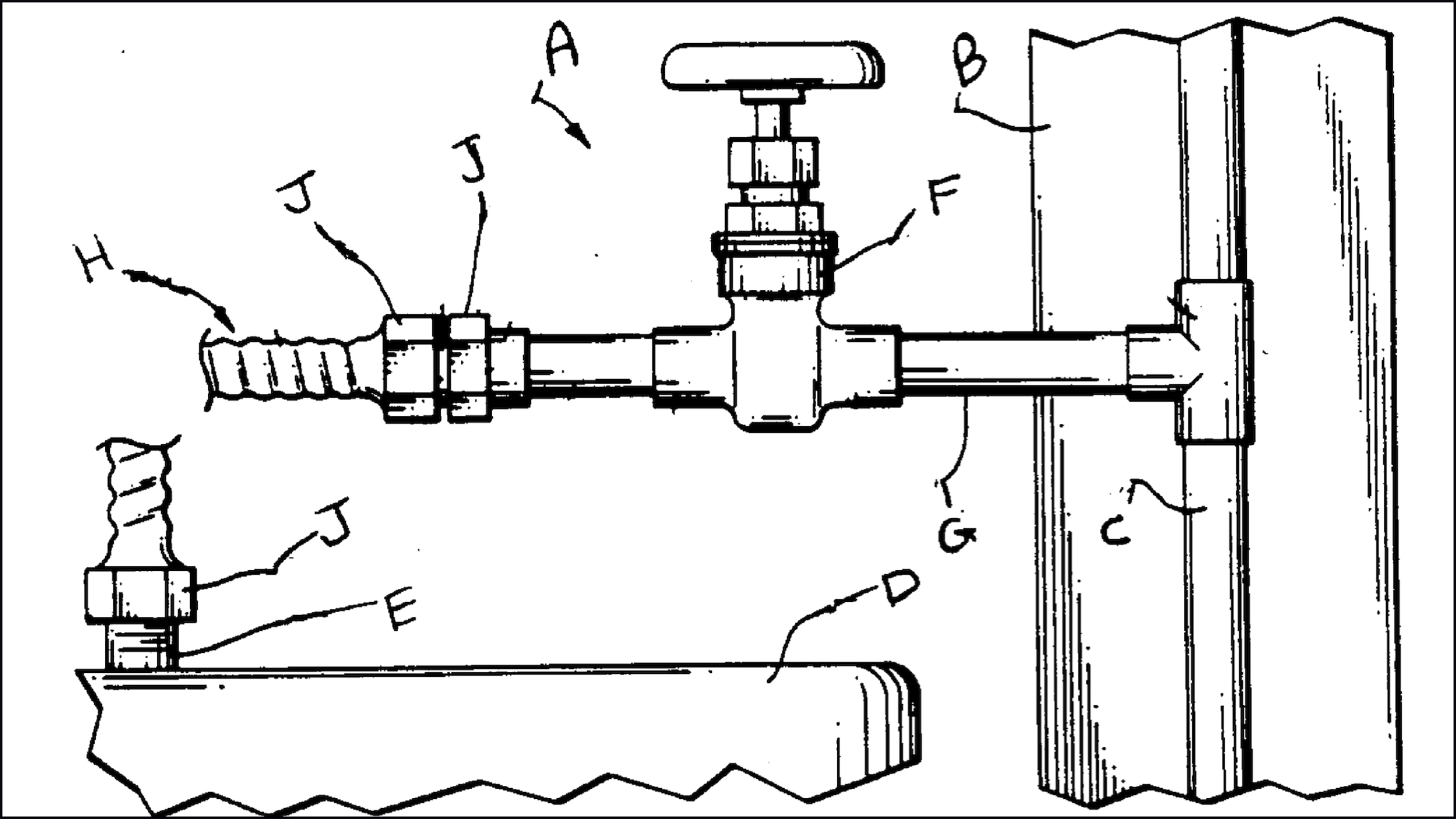Drought-Free for Now, States Can Focus on Water Efficiency
California is drought-free after five years of below-average rainfall, Gov. Jerry Brown announced in April. And as of June 1, other than a patch in Central Florida, the U.S. as a whole is remarkably free of this slow-emerging hazard.

Still, droughts are likely to intensify as the global climate changes. So a recent report on water-efficiency trends at the county level in the continental U.S. could ease the nerves of officials, farmers, business owners, fish and wildlife managers, and residents.
The researchers looked at water-use data reported to the U.S. Geological Survey between 1985 and 2010. They also examined factors that might influence these trends, such as counties’ per-capita income and percentage of college graduates, as well as use of federal funds for water-system improvements.
The good news is that water efficiency improved nationally and in 36 states over the study period, mostly in the North. (Connecticut was an exception.) Efficiency can be improved by replacing old or leaky water mains and smaller pipes, installing low-flow toilets, and otherwise upgrading to higher-tech materials and operations.
Researcher Sankar Arumugam, a hydroclimatologist at North Carolina State University, said water-use efficiency was lower in the South, “where the population is growing,” and added: “That is alarming. Southern states are the ones where we need to do well.” The results were published May 18 in the journal Earth’s Future; Arumugam publishes under the name A. Sankarasubramanian.
The core problem appears to be insufficient funding for pipes and other water infrastructure, especially in rural areas. States with lower water efficiency — Alabama, Louisiana, Mississippi, South Carolina, and West Virginia stood out — also tend to have lower per-capita income, the researchers found.
Overall, the study suggests a need for localized insights into long-term water conservation practices and investment. But regional data are collected infrequently. The researchers say that should be done monthly, as is the case with electrical utilities.
A hidden variable may lie behind all these findings: the price charged for water. Higher prices can inspire more efficiency and conservation. Residential rates in 30 large U.S. cities went up 4 percent last year, according to an annual survey by the nonprofit Circle of Blue. But again, systematic data on water rates are not collected regularly, Arumugam and his colleagues wrote.
Hiding our heads in the sand could lead to an arid future.









